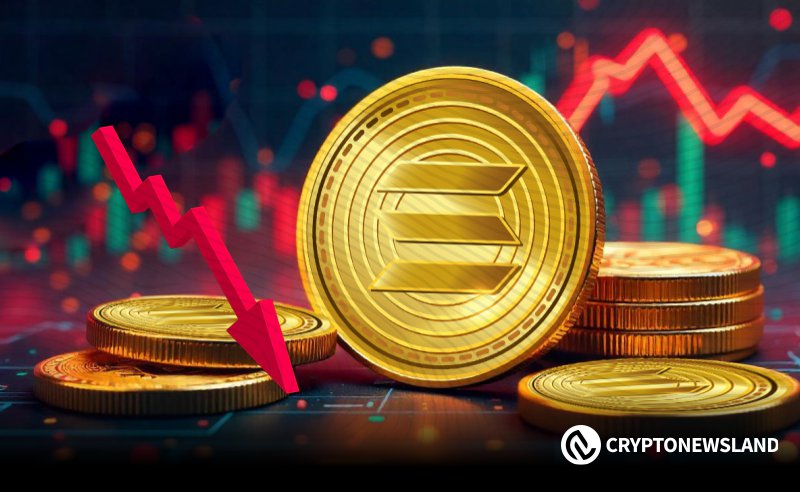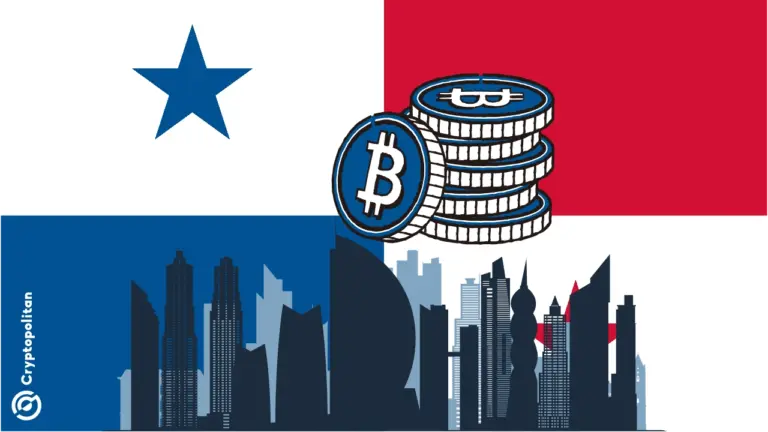Decentralization maximalism is dead. Long live permissionless maxis.
Decentralization is still a core tenet of crypto, even if it’s not exactly pragmatic these days
Here’s my confession: I was a decentralization maxi for the first half-decade of my time in crypto.
The market has however shifted to a slightly different bent, taking me along with it. Permissionless maximalism is now the prevailing alignment.
Decentralization does tend to feed into permissionless-ness. The latter implies there is no central authority granting or denying permission to join the network — thereby making it decentralized — but permissionless systems can be centralized in nature.
Image boards like 4chan, for instance, don’t ask users to create accounts to post or view content. Setting aside the extensive moderation, there’s effectively no initial permission beyond accepting basic terms and conditions. The underlying site still runs on Cloudflare and could technically be seized at any moment.
Read more from our opinion section: Without decentralization, our data will never be safe
Within the blockchain context, think of smaller protocols that allow anyone to validate transactions, but due to a lack of interest, the team itself ends up running almost all of the full nodes. Permissionless, but centralized.
I identified with the hardline Bitcoiner. The tangibility of metal machines running proof-of-work is what uniquely ties blockchains to the North Star of censorship-resistance.
As long as mining rigs hum along in a data center in some remote corner of the world, the blockchain is alive, resistant to police raids, war and other types of physical interference.
Monero was okay, too. At least it was mineable. Same with Ethereum — until it switched to proof-of-stake .
If the seizure of bitcoin mining farms was a concern, then the potential for one machine to act as thousands — or even tens of thousands — of validators at the same time must centralize that risk.
Newsletter
Subscribe to Blockworks Daily
Throughput, by that logic, is secondary. Yes, Bitcoin and Ethereum can only handle single-to-low-double-digit transactions per second. Too slow for mass appeal that comes with use cases broader than sending BTC or USDT back and forth, like breeding digital cats.
That’s just the cost of decentralization , I would say.
Besides, it’s not clear whether NFTs and memecoins really need to be onchain and forever cryptographically-verified at the expense of people managing the servers.
We could simply inspire all that less-important compute to move to more centralized networks. (And therein lies Vitalik’s pitch for Ethereum’s scaling roadmap.)
Doing so would free up the actual censorship-resistant blockspace for folks with unquestionable claims to it — those living under authoritarian regimes and hyperinflationary economies.
Read more: Stablecoins are ‘a better product’ than local currencies in emerging economies, Carrica says
As Frictionless co-founder Logan Jastremski alluded to on the latest Empire episode, goals like these are noble. The world wide web has such immense societal impact only because it is open source, permissionless and decentralized.
More censored internets in places like mainland China and North Korea are, by contrast, methods of control — not tools for freedom.
Bitcoin currently makes up more than 58% of the crypto market, up from 41% at the start of last year, its highest level in over three years. Although, it’s obvious that the blockchain space has moved on from decentralization maximalism.
For most of the world, there is one internet. In crypto, we now have dozens (or even hundreds) of tech companies and startups building competing “finternets” — all with varying degrees of decentralization, speed and security.
Read more: Indian tech magnate teases Solana-built ‘finternet’ for an economy onchain
Practically none of them are even close to their final form.
The trillion-dollar question is then: Does all that make Web3 a winner-take-all situation, with the blockchain that finally cracks the perfect balance of the scalability trilemma taking the lion’s share?
It could be that we end up with two major blockchains: one “money” blockchain and one “general purpose,” with a smattering of boutique networks in their orbit, some of which could be more decentralized and censorship-resistant. They would cater to the hobbyists and those that desperately require those properties.
And, behind the scenes, the continued development of the finternet might look more like the Web2 app layer. Like how Meta runs the backbone for WhatsApp, Facebook and Instagram, and whichever outfit that wins the Web3 race maintains the tech stack for all the killer crypto apps.
Perhaps a chain with far fewer than 100 full nodes, so that it’s fast enough to support whatever mainstream app will bring the next wave of non-native users onchain. For scale, Solana, Ethereum and Bitcoin each have thousands.
Read more: The Offline Network: Maybe permanent uptime isn’t a Web3 thing after all
In that scenario, decentralization is not the be-all-and-end-all. It’s instead replaced by strict adherence to permissionlessness: becoming an active participant in the network, say by running a high-performance full node in a server farm somewhere, may be prohibitively expensive for most, but it’s still technically possible for anyone.
In the spirit of pragmatism over dogmatism — and until Moore’s law unlocks more possibilities for blockchain builders — maybe that’s enough.
A version of this article first appeared in the daily Empire newsletter. Subscribe here so you don’t miss tomorrow’s edition.
Start your day with top crypto insights from David Canellis and Katherine Ross. Subscribe to the Empire newsletter .
Explore the growing intersection between crypto, macroeconomics, policy and finance with Ben Strack, Casey Wagner and Felix Jauvin. Subscribe to the Forward Guidance newsletter .
Get alpha directly in your inbox with the 0xResearch newsletter — market highlights, charts, degen trade ideas, governance updates, and more.
The Lightspeed newsletter is all things Solana, in your inbox, every day. Subscribe to daily Solana news from Jack Kubinec and Jeff Albus.
- Bitcoin
- decentralization
- Ethereum
- Permissionless
Disclaimer: The content of this article solely reflects the author's opinion and does not represent the platform in any capacity. This article is not intended to serve as a reference for making investment decisions.
You may also like
Bitcoin Sets Higher Lows—Can Bulls Target $88K Resistance?

Solana Faces 50% Drop Risk as $125–$137 Range Holds the Key Amid Market Volatility

Panama City Council makes history as the first government institution accepting crypto payments
Share link:In this post: Panama City council voted in favor of becoming the first public institution of government to accept payments in cryptocurrencies. Citizens will now be able to pay taxes, fees, tickets and permits entirely in crypto starting with BTC, ETH, USDC, and USDT. The city partnered with a bank that will receive crypto payments and convert them on the spot to U.S. dollars, allowing for the free flow of crypto in the entire economy.

EnclaveX launch brings fully encrypted, cross-chain futures trading to retail investors
